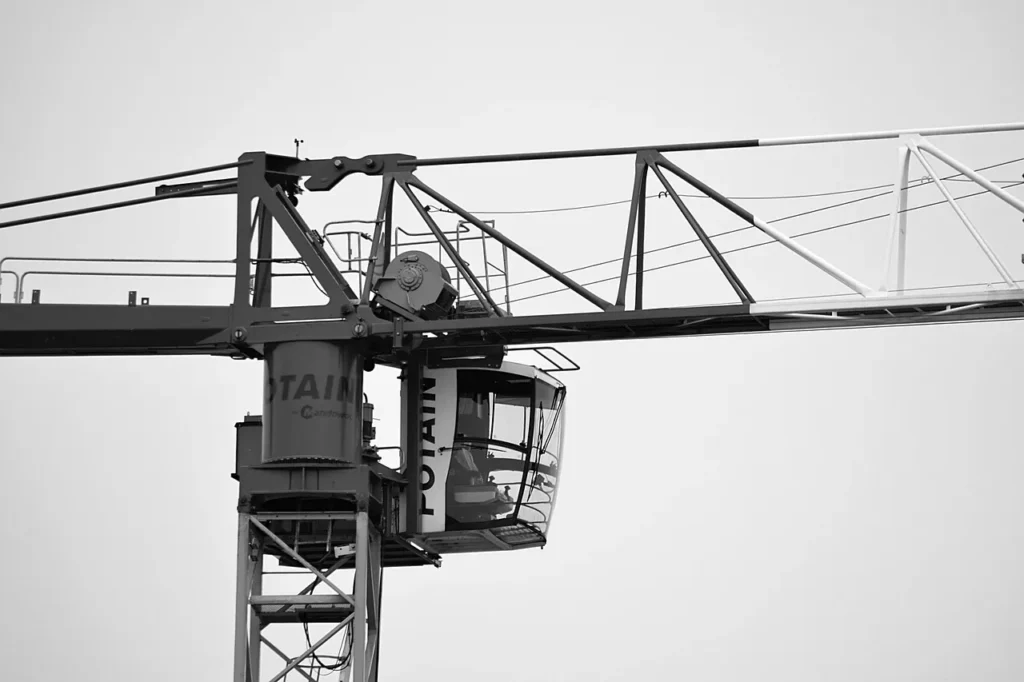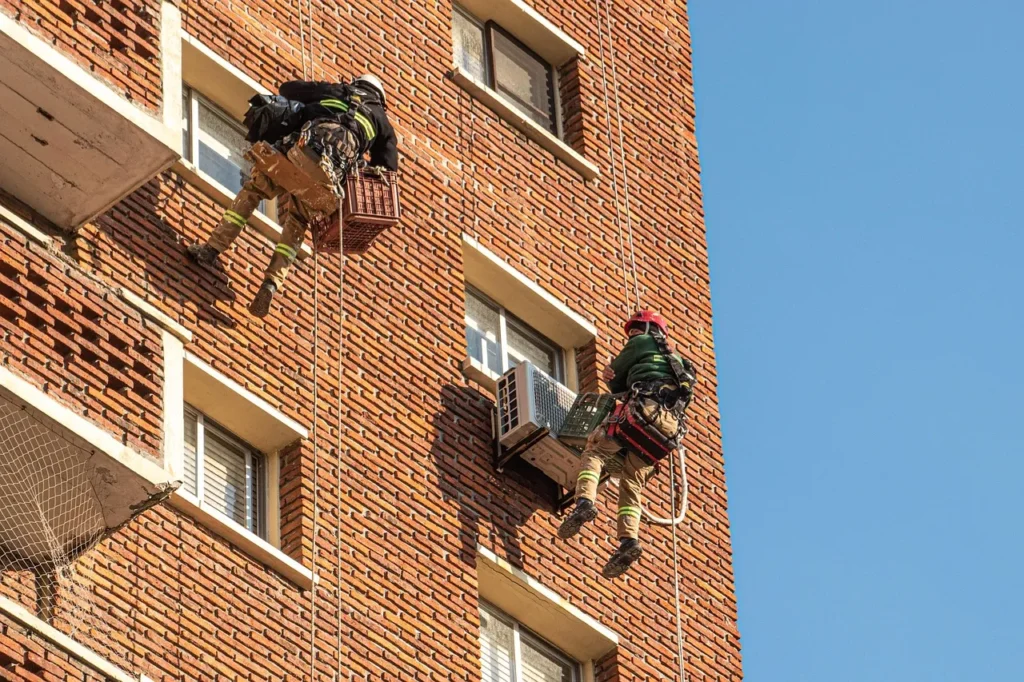
Latest reports show that falling from heights was the second-highest (15%) contributor of worker fatalities in Australia. Thus, working at heights training is a must to equip workers with the skills they need to deal with on-site hazards and emergencies and avoid injuries.
Here is a detailed guide on how a working at heights course can help you.

1. You Face Simulated Scenarios
Working at heights training familiarises you with real-life site conditions through simulations. The right institution will recreate challenging conditions, providing you with hands-on experience. It prepares your body and mind for what awaits you at the worksite.
You’ll learn techniques to deal with the working environment in a safe and controlled manner. Typical exercises include navigating scaffolding with full-body PPE on, positioning ladders on uneven grounds safely, and using fall-arrest systems while handling tools.
Conducting emergency mock rescues and helping a worker suspended from a harness while others rescue them are other important practices.
They recreate all sorts of high-pressure and physically demanding scenarios. This exposure trains your mind and body not to freeze from fear or make haphazard choices. Instead, you become accustomed to thinking clearly despite the emergency and make a well-informed choice that ensures everyone’s safety.
In short, you learn to keep a steady balance and secure tools so they don’t fall on other workers while working at heights.
2. It Equips You with Practical Safety Knowledge
The best way to prepare for real site conditions is to acquire appropriate practical knowledge. A working at heights course from a reliable training organisation will teach you safe practices for climbing heights, anchoring yourself, and safely navigating through elevated spaces.
You learn to properly inspect all fall protection and fall arrest systems before beginning work and use them properly. The course teaches you how to wear your safety harness so it fits you like a glove and secures you through every hazard.
It also shows the best ways to build and maintain exclusion zones in high-work areas, so that nobody gets hurt if anything falls from above. The practical safety knowledge teaches you to make the best decisions in these situations.
3. It Covers Hazard Identification and Risk Assessment

In construction sites, there can be many hazards: ones that are clear to the naked eye and ones that even seasoned workers can only guess. There’s no one-size-fits-all checklist for hazards.
The right working at heights training guides you to critically assess every site and identify risks before any incident happens.
You receive training to visually inspect the work site as well as the environment, such as the stability of the surface, wind speed, and other weather conditions.
You learn to perform job safety analysis, which lets you avoid unsafe practices, take charge of your and the team’s safety, and recommend any additional safety measures.
4. You Learn to Communicate and Coordinate
Site work never involves solo tasks; you’ve got to move as a team. A well-rounded working at heights course teaches the value of clear communication and harmonious teamwork among all site workers.
You learn to communicate through hand signs and radios. You become habituated to communicating safety before moving equipment. Every time you work in high-risk zones, you coordinate with ground workers or certified spotters.
These guide you on the best way to work on large projects where harsh weather, a noisy environment, or a long distance can make communication challenging.
5. It Supports Proper Safety Equipment Usage
Most common accidents at height work sites aren’t due to damaged equipment; rather, it’s because workers don’t know how to use them correctly.
The right course professors are aware of this mishap and will take extra measures so all participants in their training are equipped with more than adequate knowledge about proper equipment usage.
This covers the proper usage of body harnesses, lanyards, anchor points, lifelines, inertia reels, rope grabs, energy and shock absorbers, guardrails, and edge protection.
You learn to inspect them before wearing, fit them according to your body, and secure all components. You also practice wearing and conducting emergency release and rescue. This helps you become accustomed to real-world scenarios, eliminating the shock of being on site.
6. You Become Aware of Legal Framework
The course also teaches legal awareness of height work. For instance, your employer is obliged to offer quality safety equipment and supervise everyone. You have the right to refuse to work without safety. It shows how keeping records and reporting incidents are significant.
This knowledge ensures every individual takes responsible actions and never hesitates to speak up about safety issues.
Closing Thoughts
Besides preparing you for field work, working at heights training indicates you’re compliant and competent, enhancing career opportunities. So, enrol in the right course now and be the ideal candidate for any team!






Leave a Reply